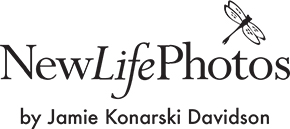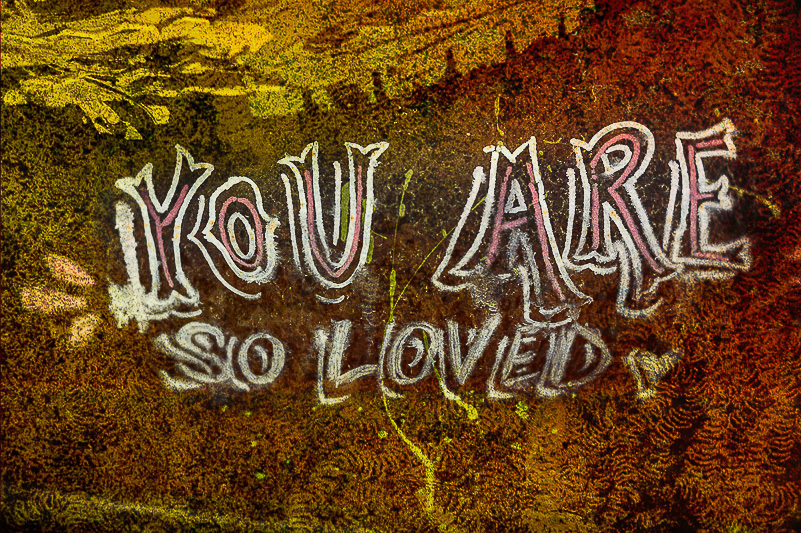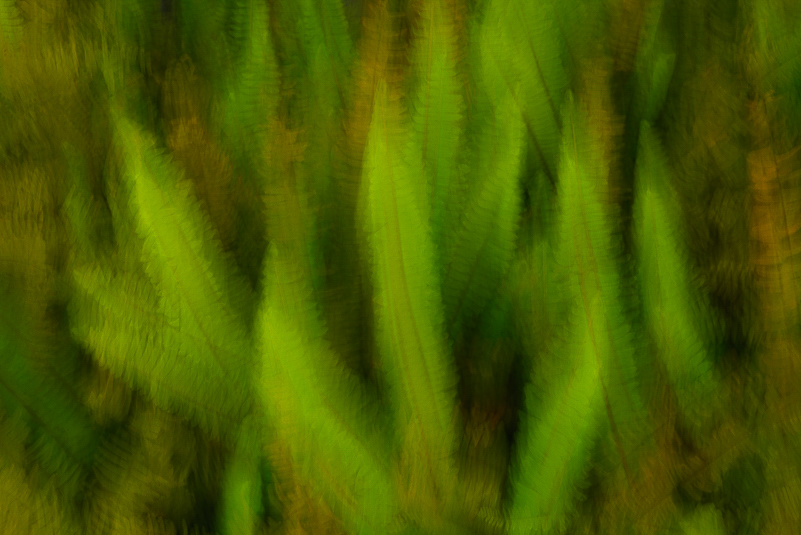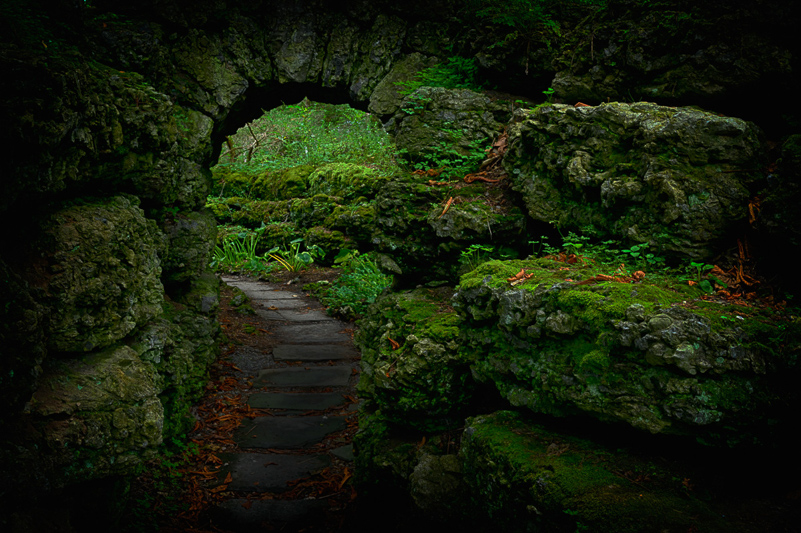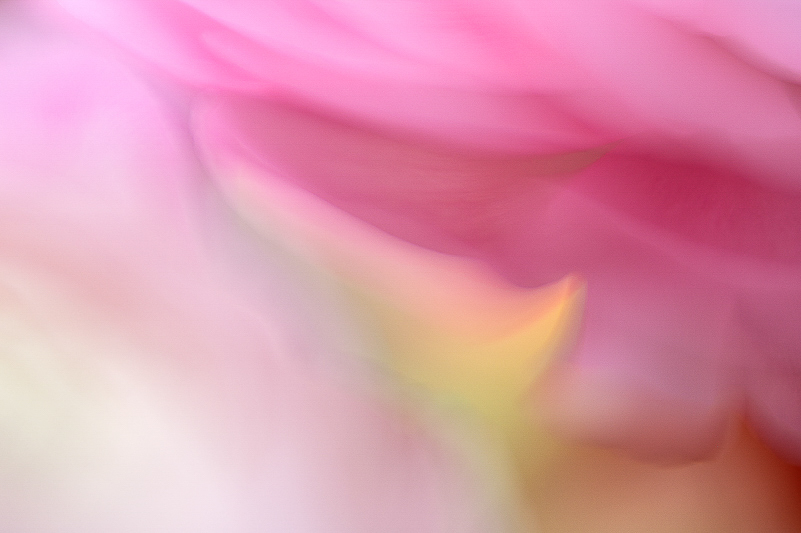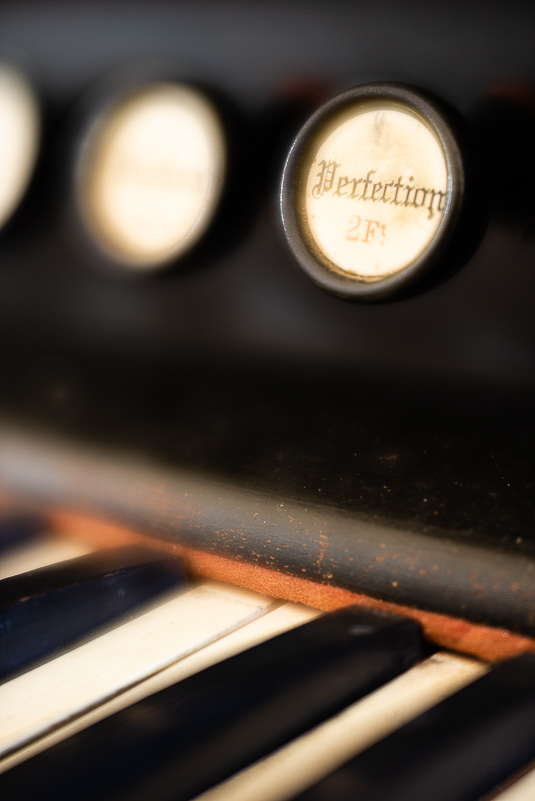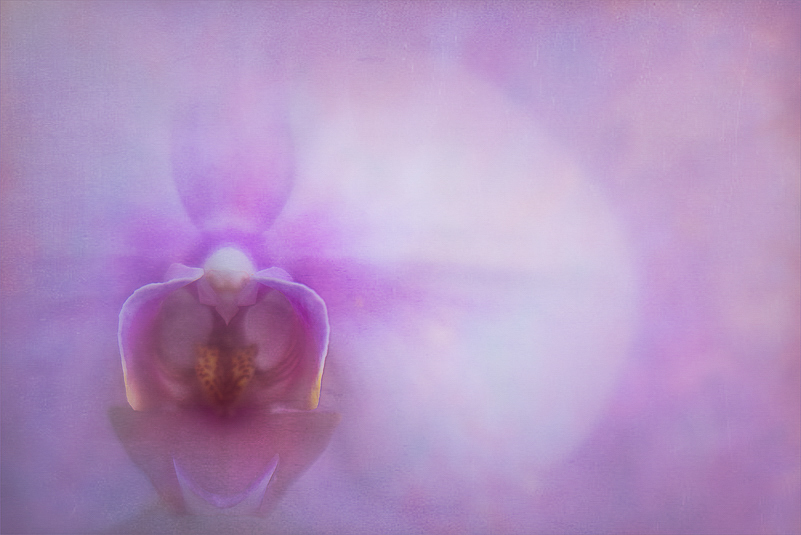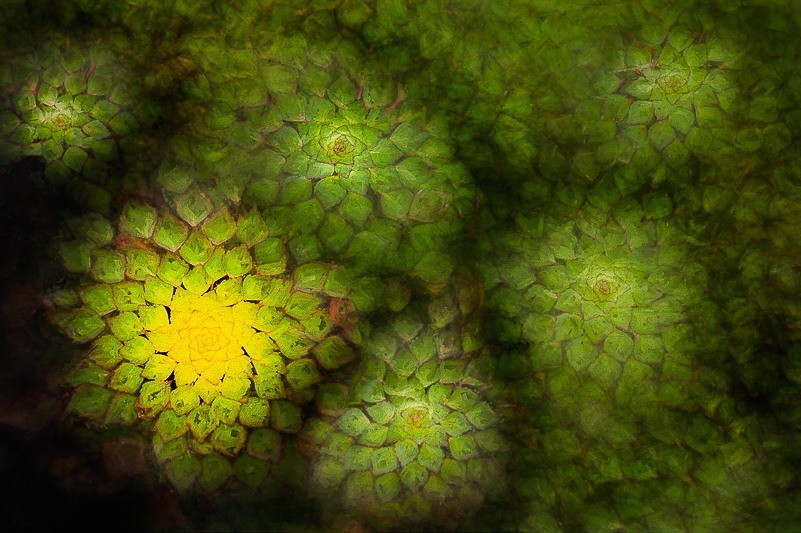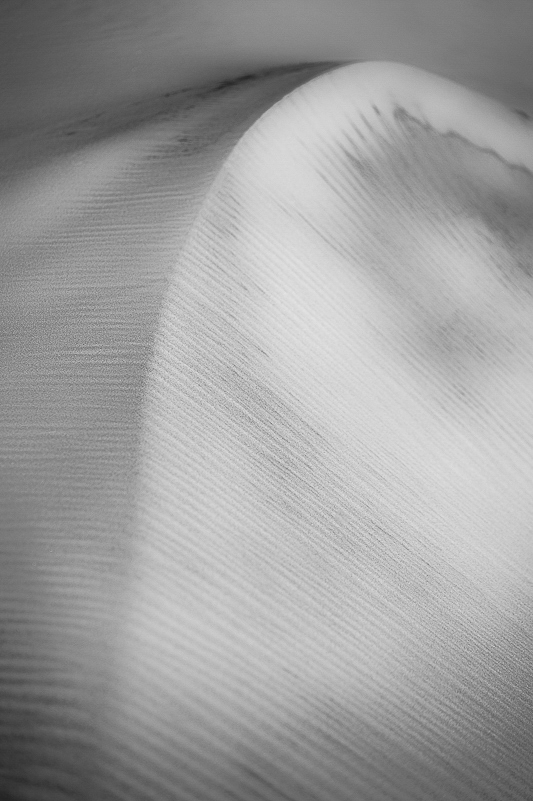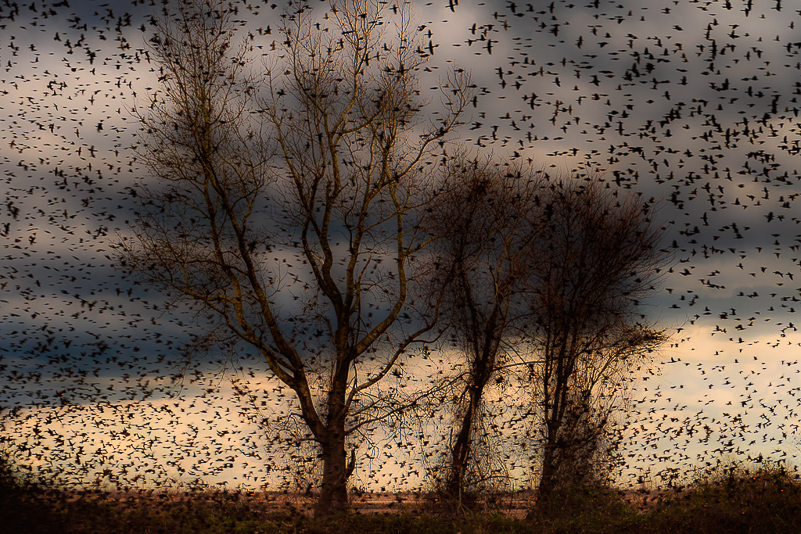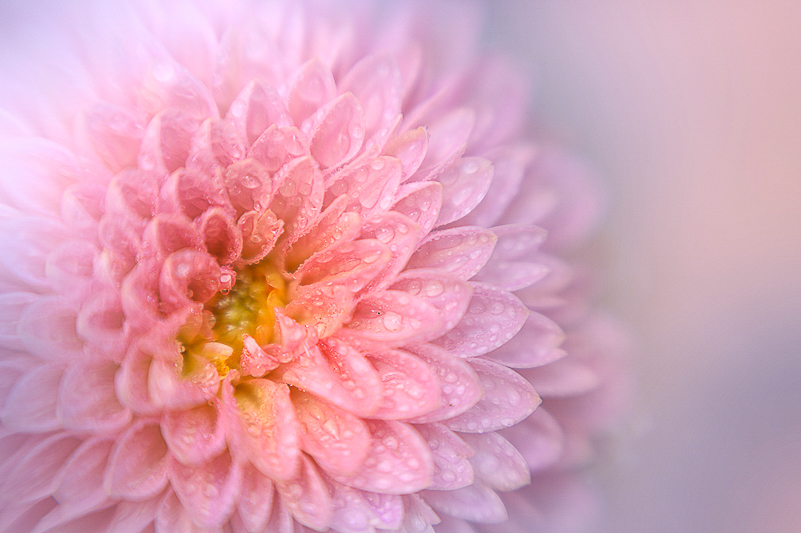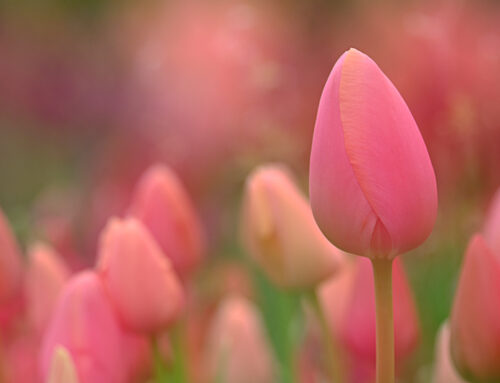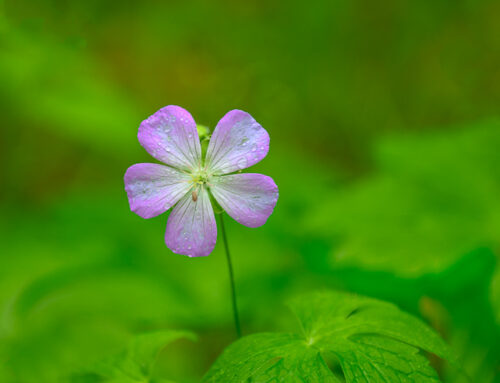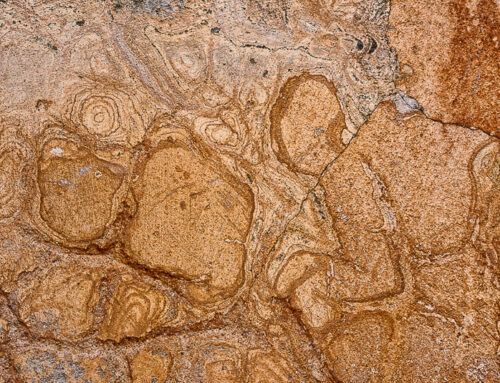To live a creative life, we must lose our fear of being wrong.
–Joseph Chilton Pearce
Such a loaded question, and where do I start? There are lots of things that can spark fear and “hide in the creative closet” waiting for the right time to pop out. As one would expect, our fears have a way of popping out at inopportune times throughout the course of our lives. This blog talks about some of these fear instigators and shares insights and food for thought on how to navigate the bumps in the road as an artist, a photographer and, even more, as a human. I’ll share a few ways that I have fought and continue to fight fears that come and go with varied levels of intensity and success. (I’ve had at least three “false starts” just in writing this first paragraph, not because they were “bad,” but because they didn’t “feel right.”)
THE BACKSTORY
In early November, I received a message with kind words regarding my writing, along with an idea for me to consider for a future blog post on “overcoming fear in photography.” This idea included a few specific examples and also suggested that I may have a different perspective considering my health history. (I guess when a doctor tells you that you could die from treatment meant to save your life, that’s an appropriate time for fear . . . and faith. When someone doesn’t appreciate your art . . . not so much.) It ended with this question: “Whatever the fear, how do we acknowledge it, give ourselves grace, and move through it?” My initial response to Kim was “thank you,” and I said that I would put the ideas in my crockpot to develop (it’s how I write). It’s taken this long for me to be ready to share some thoughts that I feel may be helpful.
JUST SOME OF THE FEARS
Among that initial list of fears were, in no particular order: fear of image reviews, fear of 1:1 mentoring, fear of technical aspects of photography, fear of learning about new gear like filters and flash, fear of travelling, and the best (really worst) one: fear of not measuring up to others. Do not, I mean DO NOT draw your sense of worth or goodness, skill or talent from social media. For that matter, remember what “opinions” are like … Like me, love me, don’t like me … I’m just sharing my work, work that means something to me. Please do the same.
These fears made me curious, so I reached out further to a special group of photographers online, asked for and received even more input. My question was, “As an artist, what are you afraid of?” Some of the responses went deeper and included feeling like one cannot do full justice to the art and life obligations and a desire to pursue the art without pressure to make it a job. There was another just wanting one’s art to be understood, fear of not being creative or artistic enough, fear of letting go of perfect (oh, please do!) and of not being “good enough” (in whose eyes?). There was more: fear of a lack of acceptance of the work as artistic, of technical competence or artistic merit. Even more … fear of exposing deep life secrets, imperfections and the need for help. I heard of the fear of being boring and wondering what one was doing with art and photography.
The last one resonated with me on several levels. It talked about the fear of running out of time to chase the dreams due to health issues, fear of choosing without regrets and fear that the “muse” will have left, not to return in time. I remember that. And, then, there’s that small voice that whispers (then yells, if we let it), “not good enough.” Is there an echo? Who among us has not heard or thought some of these thoughts and fears, regardless of the medium, the art or any other vocation?
THE NEED FOR MORE INPUT
While I felt that I could indeed respond to these fears and concerns from my own perspective and experience, I also recognized that there were others who have covered them and more in books that I had in my own library. Each of the four books I went to effectively stated thoughts that covered the range of art, creativity and fear. Sharing from each of them (and highly recommending them) would help me personally and would hopefully offer each reader something that would resonate and provide a tool or two to fight the dragons.
FOUR BOOKS WITH FOOD FOR THOUGHT
In Audience of One: Reclaiming Creativity for Its Own Sake by Srinivas Rao, the issue of being afraid of “judgment” is covered along with the idea of each one of us playing and creating for the most important audience, the one that matters most. My audience of one is me . . . me first, everyone and everything else comes after. By focusing on you, the artist, being your only audience, and not worrying what others think or will think of what you create, you are free to “do you.” Rao says this:
As a creator, your job is to commit to becoming the best version of you. If you’re a better version of yourself today than you were yesterday, that’s progress. Comparison and envy stand in the way of progress in any creative endeavors – or in any life, for that matter.
Do we hear that? We give ourselves grace by being our best “us,” not by comparing ourselves to others or by being “as good as” or like someone else. When I look back at my early work (flounderings), I sometimes wonder how I’ve gotten to where I am today. How did I ever get in those exhibits, win awards and sell prints in art shows? I wasn’t that great. All I know is that one of my primary goals was to learn more and improve my skills. I was fully aware that there were many photographers whose work was “better” than mine. I couldn’t feel bad about myself (for very long) because of that. I could keep working to be that better me. Over time I have improved and grown, and that work will continue.
In Art & Fear: Observations on The Perils (and Rewards) of Artmaking by David Bayles and Ted Orland, a lot of ground is covered. They begin with a few assumptions that are helpful: artmaking involves skills that can be learned, art is made by ordinary people, that making and viewing art are different at their core, and that artmaking has been around longer than the art establishment. These form the foundation for the rest of the book. Can we relate? I think so.
In the section that addresses “fears about yourself,” Bayles and Orland cover pretending, talent, perfection, magic and expectations far better than I am able. The pretending concept relates to the “imposter syndrome” (feeling like we’re faking it) that fills us with self-doubt. By the way, Perfection is a Paralytic. Do yourself a huge favor and let go of trying to be perfect. It is impossible. Your best at any given moment is enough. When you do your best, you leave yourself room for incremental improvement, always. As for “magic,” it does happen, but often it comes from being yourself, being present and following your flow.
The authors say this:
Fears about artmaking fall into two families: fears about yourself, and fears about your reception by others … In a general way, fears about yourself prevent you from doing your best work, while fears about your reception by others prevent you from doing your own work.
Can I get an Amen? I’ve known photographers who lacked confidence not only in their technical skills (which we all can learn if we put in the work), but also and in their own creativity or what they perceived was more a lack of such. It made them want to do “a xxxx shot” (meaning one that looks like someone else’s. We know that their not being creative statement is not true. Each of us is unique and creative in our own way, and very different. When we embrace our uniqueness, we become more able to experiment, play and “own” our way of seeing and expressing ourselves. It is here, where we can learn to work through our fears and let go of perfect.
In Steal Like an Artist: 10 Things Nobody Told You About Being Creative by Austin Kleon the focus is not so much on the “fears” of a creative but rather on the importance of feeding ourselves with creative ideas and soaking up influence of others’ art in whatever form. He states, “nothing is original, so embrace influence, school yourself through the work of others, remix and reimagine to discover your own path.” And, surprise (!), he also talks about the imposter syndrome. I love his straight-up response to this concept. He says:
You feel like a phony, like you’re just winging it, that you really don’t have any idea what you’re doing. Guess what: none of us do.
We are not imposters when we try and “fail.” We are simply learning and growing. We evolve as we “feed the well” and are willing to do our art for ourselves and honor our passion, whether it feeds an income or your creative bent or need for a creative hobby.
In addressing the idea of concern for what others think of your work, Kleon reminds us not to look to others for validation (or approval). He notes that, “once you put your work into the world, you have no control over the way people will react to it.” This is so very true. Do we feel good when others respond favorably to our images? Of course. When we win awards, get high scores and praises from judges or get juried into shows? Of course. If we don’t experience these “measures of success” from others, is our work “less than” or not good enough? Of course, NOT. Should we quit photography and find something else to mess with? I don’t think so. I am thinking that these “disappointments” are opportunities to learn … not about our “worth” but about whether there are areas within our skill sets that could be improved, whether our work would be a better fit in another venue or even whether that lower score is more about a judge’s bias than anything you or I did or didn’t do in our work. It’s an opportunity for gaining perspective.
Finally, I went to one of my most favorite author/photographers, David DuChemin, and his book, The Problem With Muses: Notes on Everyday Creativity. I just knew that he would have a lot to share on doubts and fears, imposter syndrome (again), comparisons and more – all part of living and seeking and struggling with the creative life. As to fear, David says,
“We are all afraid of something. But far is not who we fear; fear is only a voice. We can listen to it, we can learn from it, we can let it point us in the direction of important (read: scary) work. But we need not obey it.
Digging a bit further into the Imposter Syndrome, David sees it as a “symptom of comparing yourself to others” and “measuring our insides against their outsides. And while we may feel like we’re “faking” being real artists or photographers, we’re not alone as we’re all learning as we go. Regardless, the message is that we just need to be who we are, “flaws and all” and “make your art anyway.
Above all, our job as an artist is to be ourselves. I love that David talks about those who feel that being an “amateur” means they aren’t “real artists.” He reminds us that the word means “to do something for the love of it.” Amen, again. I understand this very unfair (and wrong) perception. I remember how it took me a long time to be able to call myself a photographer instead of saying that I like to take pictures. Somehow, I felt that I didn’t know enough and (oh boy) wasn’t “good enough” to claim that title. At this point in my life, yes, I am a photographer and artist. I am also an amateur – a proud one. Whether or not I continue as a professional, I love to photograph for the love of it. It is my soul feeder, and that will never stop. Either way, it still takes work and there’s always more to learn and do.
Because we’re human (not because we are artists), doubt, especially self-doubt, is familiar. We can feed ourselves with negative views on what we believe we cannot do or be, and we will be right if we eat that food. We can allow doubt to stop us in our tracks or we can look at it differently. “Doubt used well,” says David, “is not just a lack of belief, but a trigger to exploration . . . [It] can be used to keep us from our best work, or to push us deeper into exploring that work.”
What I love is how The Problem With Muses ends because in ways that are so David, and not me, the array of fears mentioned in the beginning of this post are scooped up, and we are encouraged to tell them to “take a hike.” Thank you, David.
We don’t wait to be fearless before we make our art; we make our art to discover our courage. We must not wait until we have the time to do these things; we must do these things to redeem our time because it’s slipping away even faster. And, we don’t hope for the voices to go away before we write or sing or dance or design. We do those things to find our own voices.
FIGHTING MY OWN “FEARS”
I’ve given a lot of thought to this idea of overcoming fear in photography (or any art). I believe that some of our fears have their roots in childhood. One of them is the “not good enough” one where we lack confidence in ourselves and our abilities because encouragement was absent or we felt that someone else was always “better than” us in whatever we may have done. We can carry this perception through our lives or we can recognize it for what it is. Maybe I’m just old enough or have been through enough not to care (that much) anymore. I mean, who says? Who decides who is “good enough”? Who decides whether or not our art is “good enough?” And, good enough for what?
When I got my first “real” camera nearly thirty years ago, I was excited, not afraid. That is until several years later when I took my first workshop and saw how much I didn’t know. Then, I was afraid. I was afraid I didn’t have the “right” gear. I was afraid of being the “dummy” in the group, of being revealed as the one who didn’t even know what metering was. I was afraid to “fail,” sort of.
When I got involved in several photography organizations, I was afraid to share my images, to enter competitions and to get image reviews. I wasn’t afraid of my limitations. I was afraid of being “found out.” I knew that my images were not “as good as” many other photographers, but they had been at it far longer than me. If I wanted to be “as good as” someone else or simply better than I was then or now, I had to do the work – take classes, get out and shoot, and take advantage of every opportunity to learn. I did that. When I thought I wanted to enter a competition or get an image juried into an exhibit, I had to over come a few fears – of being judged and/or being rejected. When I started selling prints, I had to address the dueling fears of failure and success. What if I sold nothing? Or everything? And when I started my business, New Life Photos, there were all kinds of fears to work through. I’d be lying if I said it all came (or comes) easy. It didn’t and doesn’t. Everything I do as an artist, photographer, writer, instructor and presenter comes fraught with a variety of fears and doubts that are tamped down with a level of courage and confidence because I’m willing to do the work. I do whatever it takes, not always perfectly, but I do my best.
My mother has a phrase she uses in our most challenging times. She says, “we just keep sticking our toes out.” What she means is that we keep at it, keep trying, keep doing our best; and we don’t give up. We haven’t.
As for being “judged,” I get it. It’s a double-edged sword. When we put our work out into the world, we’re being vulnerable in our sharing, and we have no control over how anyone responds to it. What I’ve found helpful over the years is to have a few other photographers you trust to be honest with you about your work when you invite feedback. (Unless your friends and family members are photographers who can separate their love for you from their honest response to your work, find someone else.) And, when you receive feedback, listen, learn and decide for yourself what works for you. Be honest with yourself. We all know when we have done our best and when we haven’t. Even as much time passes, I can look at my images and recognize when I was plugged in and when I was just “calling it in.” and clicking buttons.
Learn from everyone, especially from those whose work you admire. Keep learning. Don’t be afraid to say, “I don’t know.” And ask questions, lots of them. Don’t be afraid to try and “fail.” Our successes feel great, but some of our best lessons come from attempts that don’t work. When it comes to sharing your work, share your best few, the ones that are meaningful to you for whatever reason. Don’t share so many of the same subject, for example, and expect folks to wade through them all to hunt for your “gems.” You do the mining. You be the editor and curator of your work. Own your unique vision and view of the world and how you express yourself because of it.
What we see and what we feel and what we express … not always the same.
Remember, we are all different. As artists of any kind, we,re not alone with our hesitations, insecurities or, if we want to say it, our fears. We are also not alone in our creative life as we are moving in similar but different directions with fellow sojourners. There is no shortage of those who will inspire us, who are willing to help or encourage us along the way. Find and tap into that community of photographers who fit your needs. If you want to stretch and grow, steer clear of the coddlers. Be willing to receive opinions and feedback with an open mind and a grain of salt. And, when those internal voices start to fill you with fear, worry or doubt, punch them in the proverbial mouth. Take yourself out for a walk with or without your camera (or whatever your creative tools are), and do the work. As David DuChemin says, do YOUR work.
Give yourself some grace, and “just keep sticking your toe out.”
